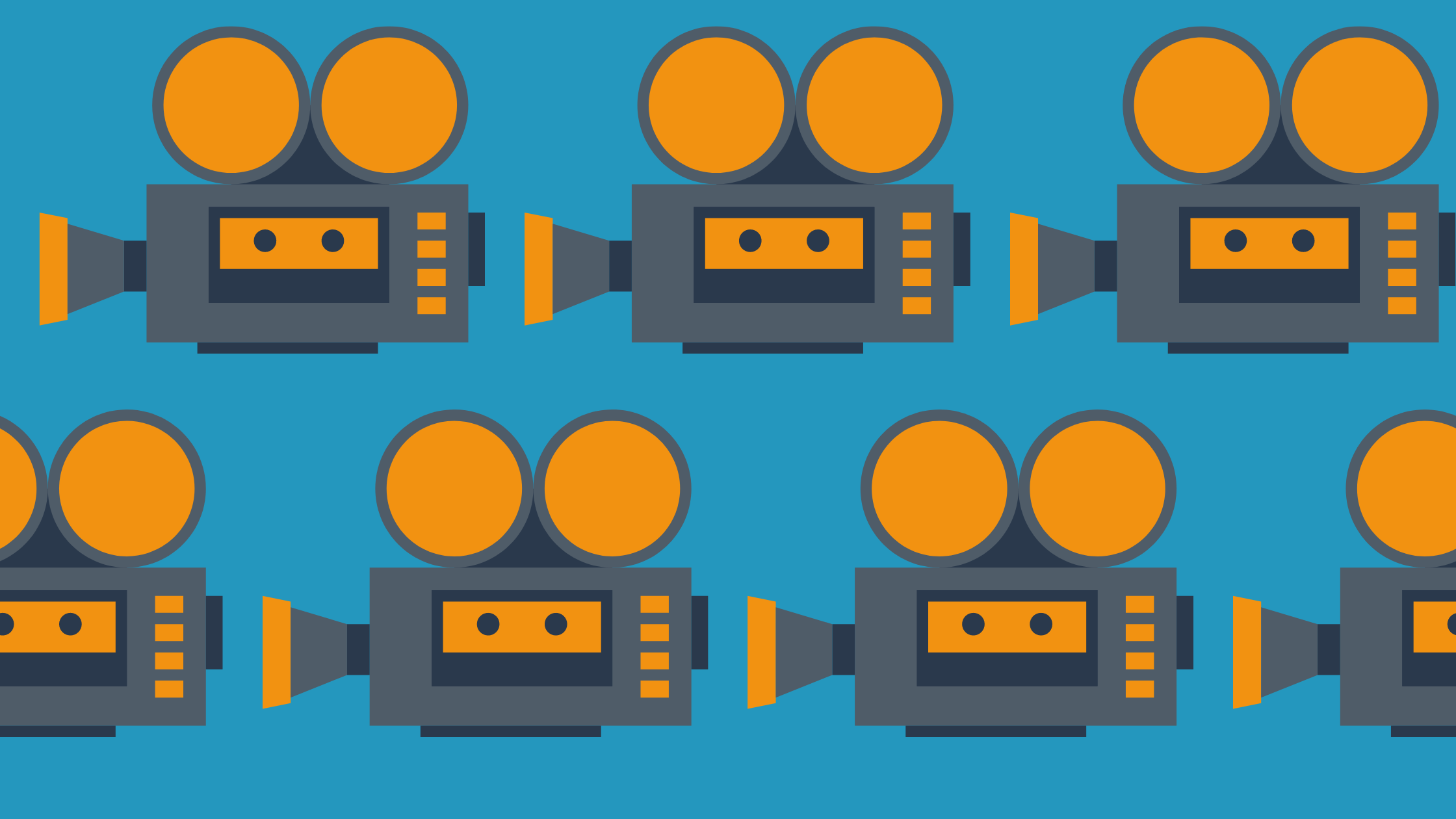What is Video Marketing?
Video marketing is using videos to promote and market your product or service. It can also
- Increase engagement on your social media channels
- Educate your consumers and customers
- Reach your audience with a new medium.
Video marketing got its start when YouTube launched in 2005. By 2009 the platform had seven different ad formats. Over time, creating quality video content has become easier and more and more people use their smartphones to consume media. Those factors have made video marketing more popular with marketers.
Benefits of Video Marketing
Grab Users’ Attention
Video marketing is an engaging, multi-sensory experience. Seeing the motion of videos as they scroll through their social media feeds captures short attention spans.

Encourage Social Shares
Video is the second most popular type of social media content for increasing engagement. YouTube and TikTok have focused on video from the start. Instagram and Facebook have changed to focus on video.
Video marketing even does well on social media platforms that don’t offer native video uploads.
- Video tweets get 10x more engagement on Twitter than tweets without them
- 68% of video marketers plan to use LinkedIn video
- Almost a billion videos a day are viewed on Pinterest

Improve SEO
Using videos in your marketing strategy is a great way to optimize your website for search engines. 31% of marketers use video marketing campaigns to improve SEO. Search engines boost websites with videos because they make visitors spend more time on the page.

Appeal to Mobile Users
77% of respondents to a 2020 Statista survey watch online videos on mobile devices. And Facebook says users are 1.5x more likely to watch videos on a smartphone than a computer.
![]()
Educate and Build Trust
Content marketing isn’t just about boosting SEO. It’s also about teaching your viewers something new that’s related to your product or service. Since many people learn better by watching someone do something than by reading, how-to videos, tutorials, explainer videos, et cetera are a perfect fit for education-focused marketing content.
 What Types of Businesses Are a Good Fit for Video Marketing?
What Types of Businesses Are a Good Fit for Video Marketing?
Any business can take advantage of adding video to your digital marketing strategy. Just as almost any business can have commercials on TV, any business has aspects that are suited for video. Even for B2B this could mean onboarding videos and other tutorials. Technology has come so far recently that creating high quality videos doesn’t take as much time and money as it used to.
How Do I Create a Video Marketing Strategy?
1. Set your video goals
Every marketing video you create needs a goal. Eventually you should make videos for every stage of the marketing funnel, but start out with the stage that needs the most attention.
Awareness
Define a challenge or opportunity to make the viewer realize they have a problem to solve. Attract users and introduce your brand to a new audience.
Consideration
The viewer is now trying to find a solution to their problem. This could mean researching, asking for recommendations, watching product reviews, comparing prices, et cetera.
Decision
The viewer is close to finding their solution and you want them to continue to think of your company. Videos in this stage should include proof of customer satisfaction and of how you stack up to your competitors.
Retention
The customer has made a purchase, but that doesn’t mean other companies aren’t vying to take their business away from you. Educational videos that show ways to use your product or service and suggest other problems they can solve are great for this stage.

2. Find your target audience
Knowing your target audience is a crucial part of any form of marketing. That’s why marketers create buyer personas to help them appeal to their ideal customer. If you’ve never developed a buyer persona before, start by asking yourself these questions:
- Who is your product or service for?
- What is the purpose of your video?
- Where does your target audience spend their time online?
.png?width=1600&name=Audience%20(1).png)
3. Decide what story you want to tell
Here are the basic components of a video advertising storyline:
Protagonist
The person in the video and their goals should align with your target audience.
Conflict
This is the customer or potential customer’s pain point.
Quest
Introduce your product or service.
Resolution
Your product or service solves the problem.
Emotional Response
What emotion do you want viewers to feel after they watch your video? Do you want them to laugh? Feel inspired? Learn something new?

6. Stick to your timeline and budget
Your timeline serves as a road map for every step of your video production. The different members of the team may have different timelines for production, marketing and social media, but they should all be on the same page and everyone should inform each other of any changes.
Similarly, sticking to a budget is the best way to keep your expectations realistic and get what you want for the price you need. Research how much money different types of videos and features you want to include cost. Shop around when you’re outsourcing to a third party. Weigh the cost options of hiring a freelancer or an agency compared to an in-house employee.
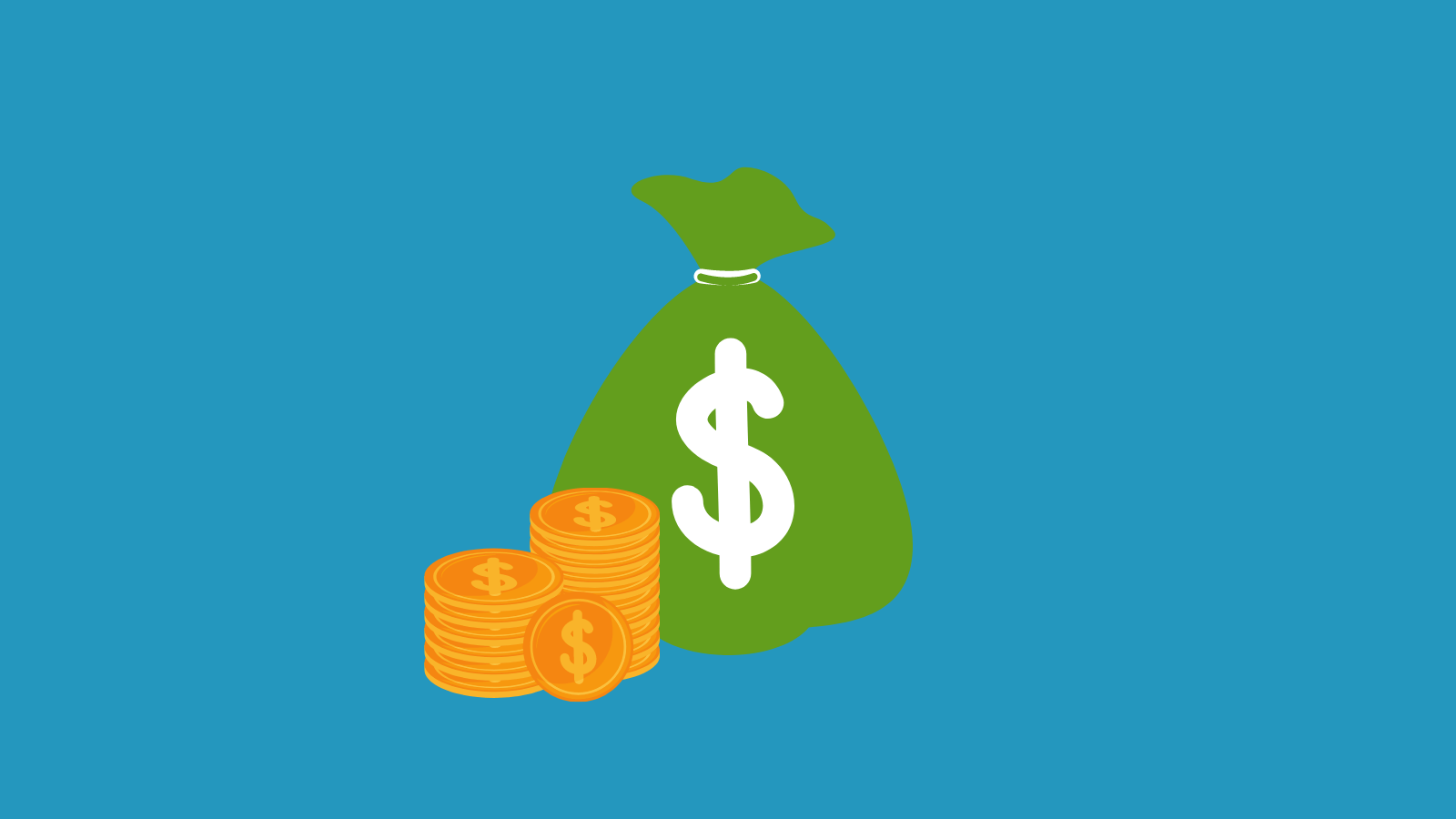
What Kind of Video Should I Create?
Different types of videos suit different businesses and marketing goals. The style and tone of the videos should be consistent with your brand voice.
Popular Types of Video Ads
Here are some different formats your marketing videos can take:
Brand Videos and Commercials
Brand videos and commercials are the most traditional type of video ad. The goal is usually brand awareness and they’re often part of a larger marketing campaign.
Explainer Videos
Explainer videos are what they sound like: they simply explain what your product or service is. They often involve a character who is struggling with a problem and using the promoted company as the solution.
Case Studies and Testimonials
Case Study and testimonial videos show the audience how your product solves specific problems. They feature real customers describing how your company helped them solve a problem.
Tutorials
Tutorials and how-to videos teach your viewers something new and give them new ideas for using your product or service. Recipe videos that use a certain ingredient, makeup tutorials that use a certain product, and home improvement/DIY videos that use a certain tool are all examples.
Interviews
Interviews with experts in your industry are a great way to build trust with your target audience. Don’t be afraid to get deep and ask the hard questions. Viewers should learn something and have a concrete takeaway from these videos.
Demo Videos
Demo videos, sometimes known as product videos, show viewers how your product works. They could look like a tour of your software, unboxing, or using a physical product.
Animated Videos
Animations are an effective format for concepts that need strong visuals to explain or for more abstract products and services.
Webinars
Webinars are seminars that are streamed in real time across the internet. Audience members can watch and ask questions as they are happening. They’re great for educating your audience and encouraging engagement.
Live Streams
Live videos attract longer streams and higher engagement rates. Interviews, presentations, and events are great fits for real time streams.
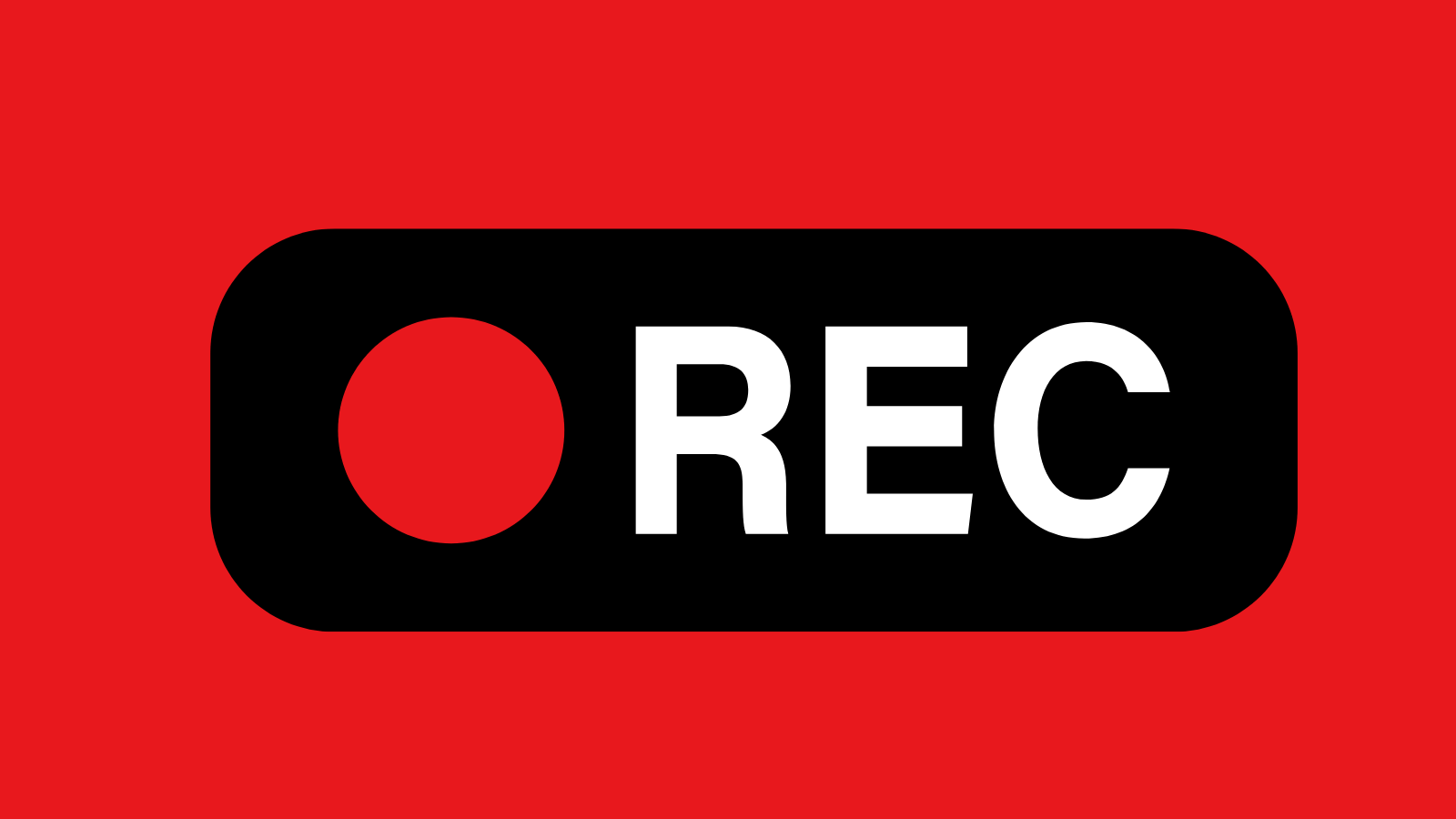
The Three Stages of Video Production
Pre-Production
Pre-production is basically the planning stage of video creation. It’s when you plan the content and logistics of the shoot.
- Creative Brainstorm
- Script
- Storyboard
- Booking any third parties
- Preparation for the shoot

Production
Now it’s time to film! From the set design to the acting to the audio and visual quality, the video production stage has a lot of moving parts. Make sure your team is working together smoothly.
![]()
Post-Production
Post-production includes video editing and graphic design, specifically:
- Visual Effects
- Sound Effects
- Graphic Effects
- Call to Action
- Thumbnails
There are likely some parts you can do yourself and others you’ll need to hire an expert for. Regardless, stay on top of your timeline and budget.
Distribute Your Videos
Distributing your video on the right channels is essential for your video’s success. Owned, paid, and earned distribution channels each have their own pros and cons, but using the right balance of them all can propel your video to new heights, spreading your brand awareness and converting users at every stage of the marketing funnel.
Let’s take a look at each of these in a little more detail.
Owned
Publishing your video across all your owned channels is probably the easiest way to distribute your video, and the one method that cannot be ignored. It includes every channel you own, like your website, PDFs, digital documents, email lists, ecommerce pages, apps, and more. These channels are the primary sources of information about your company and brand, so use every single one you can intelligently and with purpose.
Here are some of the owned distribution channels you should use for your video.
- Website
- Blog
- Social Media (organic)

Paid
Paid distribution, or paying money for the distribution of your video via advertising, has become almost essential to the successful marketing of any video. Since most sites don’t charge for the use of their services, charging for distribution has become their one way of earning money. That means video creators like you sometimes have to pay more to get your content seen by a wider audience.
But that’s OK! Even a small advertising budget can pay off big, and with the right balance of paid and non-paid distribution, your video can reach exactly the right people.
Here are a few paid distribution methods you should take full advantage of.
- Search Ads
- Social Media (Paid)
- Native Advertising
- Sponsored Content
- Influencer Outreach
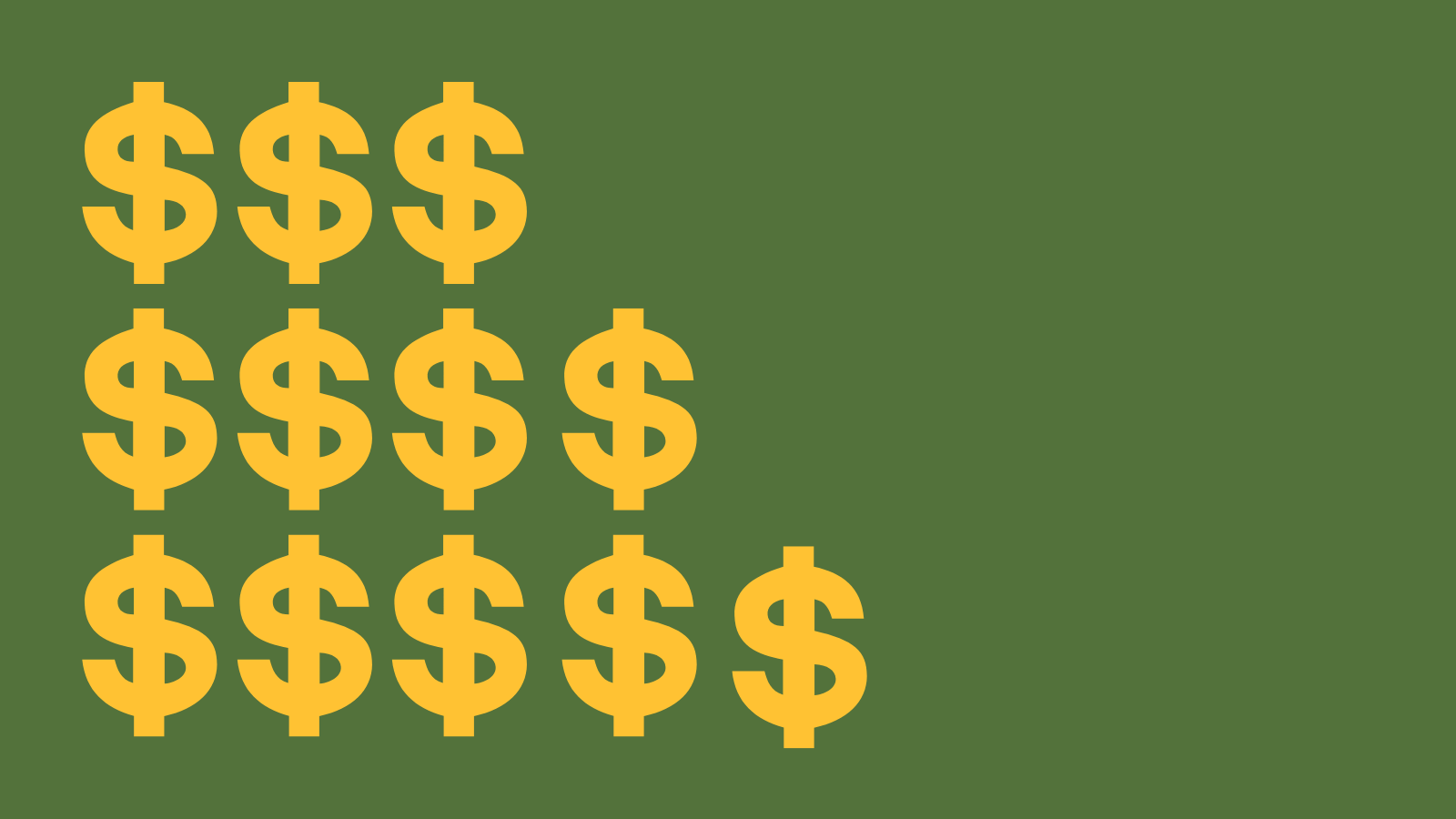
Earned
Though earned media can be a little unpredictable, here are a few ways you can increase your earned distribution efforts.
- Social Media
- Product Reviews
- Traditional PR
- Influencer Marketing

How Do I Know If My Video Is Successful?
KPIs for Success
The view count isn’t the only metric that helps you measure the success of your videos. Depending on your goal and which part of the marketing funnel the video lands in, the important metrics will be different. Here are the ones you need to pay attention to:
Attract
- Video Views
- Impressions
- Unique Users
- Awareness Lift
- Ad Recall Lift
Engage
- View-Through Rate
- Watch Time
- Favorability Lift
- Consideration Lift
- Brand Interest Lift
Nurture
- Clicks
- Calls
- Signups
- Sales
- Purchase Intent Lift
Delight
- Return Visits
- Social Engagement
- Favorability Lift

Pick the Right Platforms
Video Hosts
You have to host your videos somewhere. YouTube videos may be the most popular, but they’re not the only option. Many of these platforms give you metrics in real time so you don’t have to wait to find out if your video marketing campaigns were successful.
.png?width=1600&name=Video%20Views%20(1).png)
Social Platforms
If you’re not posting your video content on social media, what are you even doing? Don’t stress yourself out by trying to build a strong presence on all of the social networks. Just pick one or two to focus on at first.

Analytics Platforms
To understand the success of your marketing efforts, you’ll need an analytics platform that fits your budget and tracks what you want to track. Here are a few good ones:
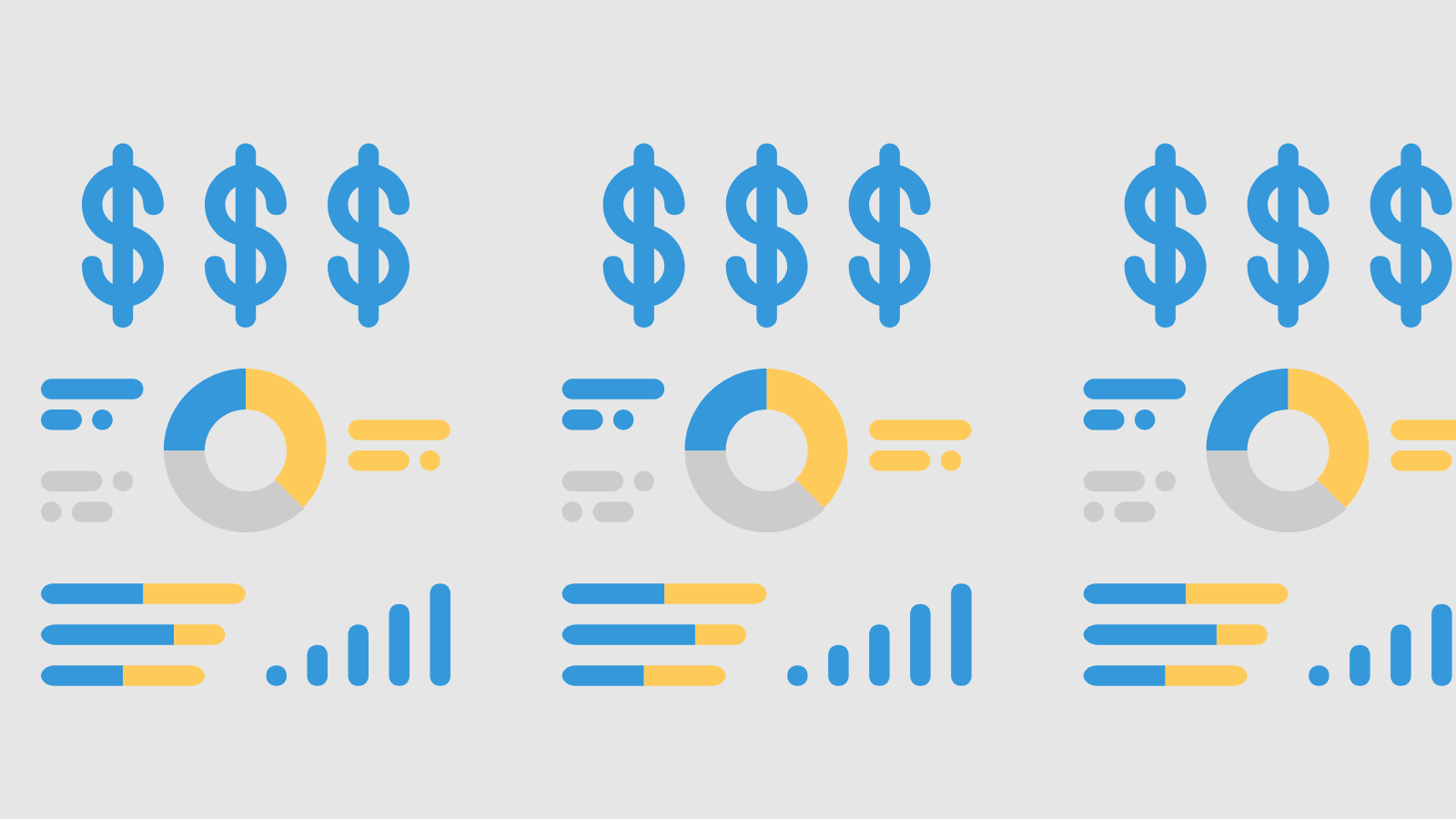
How Sav Can Help
From buying your domain to building your website to promoting your business, Sav is all about making it easy and affordable for small business owners to succeed online. Start building today!
Newsletter
Popular
Top Articles
Recommended articles
A Complete Guide to Facebook Ad Sizes
Facebook ads are an essential part of any social media marketing strategy. Facebook may not be the most popular social network for the...
Read moreHow to Come up With Ecommerce Product Ideas
Whether you’re starting a new ecommerce business or expanding a pre-existing one, what products to sell online is an important decision....
Read moreThe 10 Best Providers for Print on Demand Books
Always wanted to write your own book? Self-publishing with a print on demand book service can make that dream a reality more easily than...
Read more
